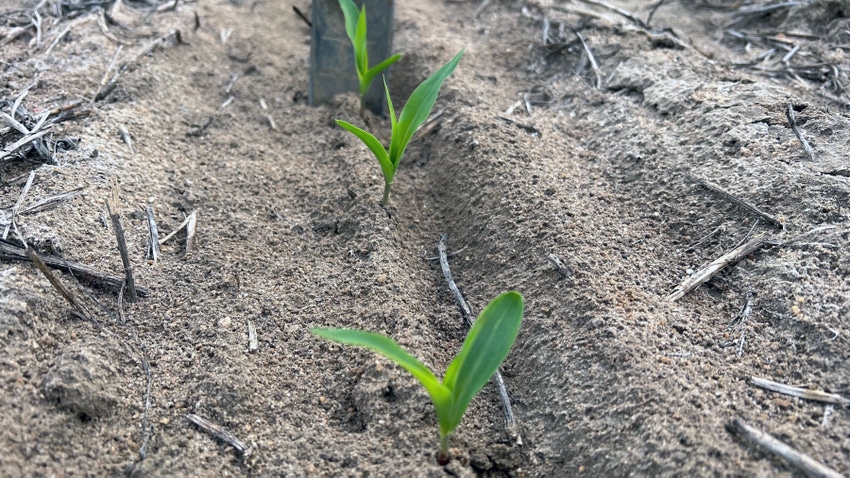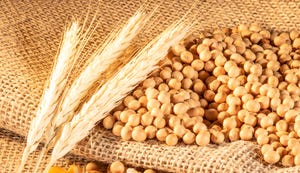March 6, 2023

By Rome Ethredge
On Feb. 20, I went to my first corn field of 2023 to help check depth of planting and plant population. It is with mixed feelings that the first field is planted every year. It’s exciting to get going with the new crop year, and we’re already looking forward to a good harvest.
The best corn is generally planted early, but that’s a two-edged sword. If too early, it may be burned back by a late freeze, even possibly need replanting. But I can still hear retired Extension corn specialist Dr. Dewey Lee saying, “Early planted corn generally outyields late planted corn.”
He’d then show the multi-year Tifton experiment station data to prove it.
If we just knew ahead of time how many days or weeks we would be delayed mid-planting season by rains or equipment breakdowns or labor problems, then we could plan better. Farmers aren’t doing their work in a roofed factory or under a giant dome where they can easily control things, and I haven’t seen any crystal balls in their shops, so it makes it tough to plan.
In retrospect, we can and do say, maybe “we should have started a little earlier. Planting season got strung out too far and this late corn won’t yield as well.”
We may say, “We could have waited and wouldn’t have stunted corn due to the cold.” Or we might say, “Early planted corn is the same size as that we planted later anyway, why did we rush?”
This year, many farmers are increasing corn acres to the expense of cotton, so they want to get it all planted in a timely fashion. There’s even a little more pressure in 2023 to get started on time if not a little early. I pray for wisdom for everyone making these hard decisions.
There are a few things to remember:
Plant corn as soon as temperature and moisture become favorable for seed germination and seedling growth. Soil temperature in the seed zone should be 55°F or greater before planting. Corn seed will sprout slowly at 55°F while germination is prompt at 60°F.
Early planting sets us up so that it’s not as hot at pollination and in critical early stages of grain fill. Hold off planting if cold weather drops soil temperatures below 55°F at the two-inch soil level.
It is generally safe to plant if soil temperatures are 55°F and higher, and warm temperatures are in the forecast.Avoid planting when big rains or hard cold are in the 3-day forecast. We don’t want to plant when too wet either as we’ll get sidewall compaction and sometimes poor soil contact with the seed.
Poor conditions can cause uneven plant emergence that can reduce top yields. Corn is more sensitive to this than most other crops.
Sandy soils will warm faster but can also cool back faster if it gets cold. Bare soil warms faster, so go ahead with weed or cover crop burndown a couple weeks before planting so the sun can reach the ground to warm soil.
Hindsight is 20/20. Come April, we’ll know what we should have done but at this point we’ll do the best we can with what we have and where we are. We’ll say to one another as one old farmer used to tell me every fall, “We gone do better next year.”
You know that Jesus said, “Other seeds fell on good soil and produced grain, some a hundredfold, some sixty, some thirty.” Matthew 13:8
Ethredge owns Seminole Crop Consulting in Donalsonville, Ga.
You May Also Like




